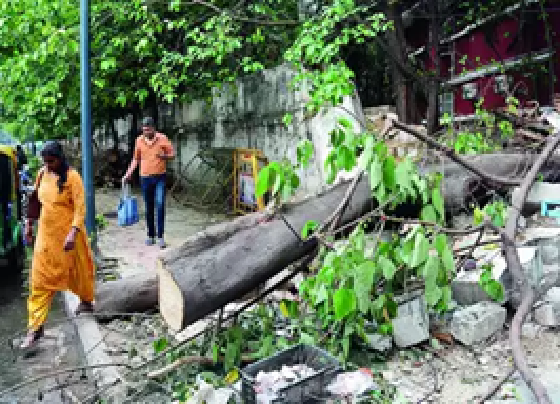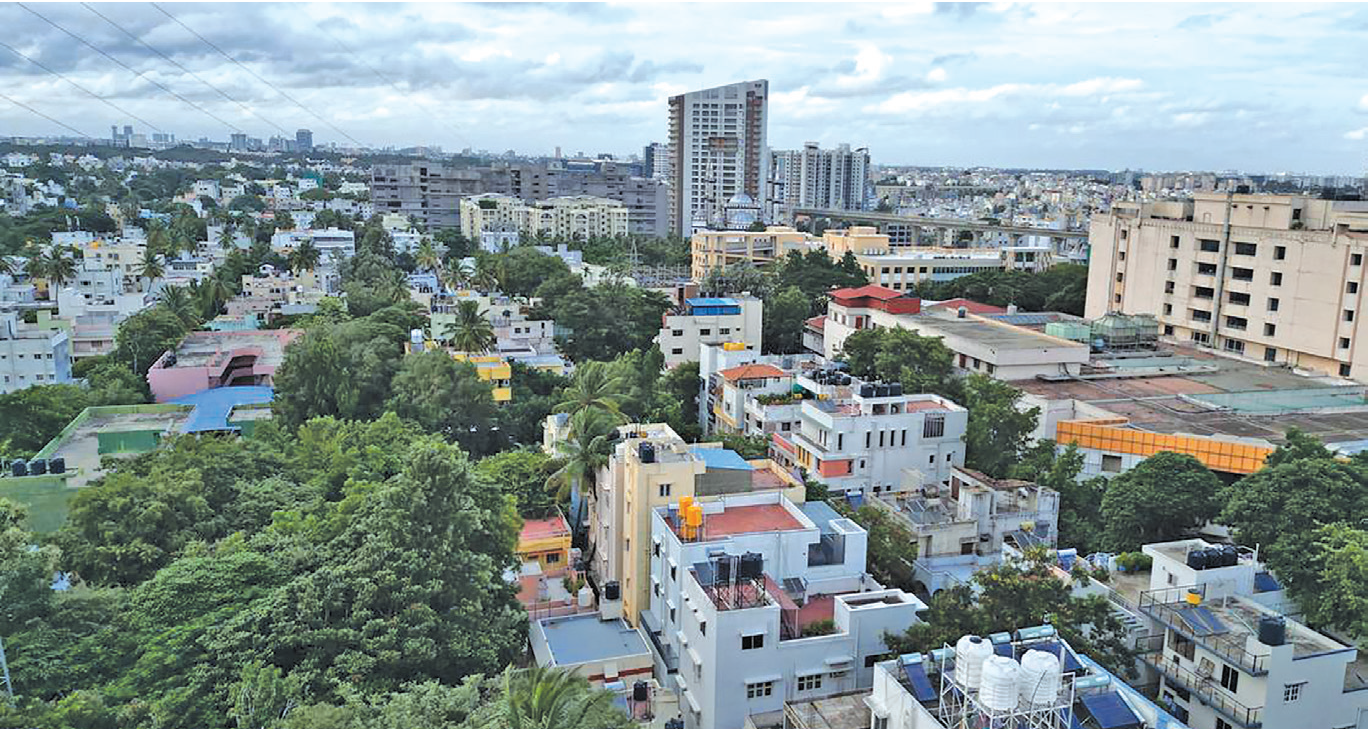
'Shakti' scheme to e-buses: Ramalinga Reddy says focus to be on public transport
Sowmya Raju | NT
Bengaluru: Transport Minister Ramalinga Reddy recently sat down for an exclusive interview with News Trail. During the conversation, he discussed the current situation and future plans for the transport sector in Bengaluru and the rest of Karnataka.
Q: What are your plans to attract passengers back to public transport?
The Shakti scheme has led to a significant surge in ridership, jumping from around 80 lakh passengers to over 1 crore passengers.
Our ongoing efforts include the introduction of more buses, including electric and Vajra models, aiming to promote public transportation.
The team is dedicatedly working to bring in a variety of buses to cater to the needs of citizens.
Q: KSRTC buses often face complaints about delays and maintenance issues. How are you addressing these concerns to improve efficiency and passenger experience?
KSRTC is one of the best transport in the whole country and has won 51 awards in just 8 months.
In recent years, the KSRTC has made significant advance ments, introducing cashless travel options and issuing appointment orders for 240 technical assistants after an eight-year recruitment hiatus.
Plans are underway to recruit 2000 driver-cumconductors and add approximately 2000 buses to the fleet this year.
Developmental initiatives include the induction of 40 new non-A/C sleeper buses, 100 upgraded Karnataka Sarige buses, and the refurbishment of 700 old vehicles.
After an eight-year recruitment hiatus, appointment orders were given for 240 technical assistants.
Q: Are there plans to modernise BMTC and KSRTC fleets with electric buses or other sustainable technologies?
We engage in partnerships with private companies to enhance the sustainability of BMTC's electric buses and modernise Vajra buses.
What sets us apart from other states is our commitment to refurbishing old buses, essentially making them almost brand new.
Properly refurbished, these older buses can cover an additional 4000 to 5000 km, a practice that distinguishes us from many other transport departments nationwide that often discard them as scrap.
Q: Bengaluru experiences severe traffic congestion. What are the long-term infrastructure plans to ease traffic flow and improve city connectivity?
Bengaluru faces significant traffic challenges primarily during peak hours, mainly due to narrow roads in the city and the increased number of private vehicles.
In contrast, cities like Hyderabad have wider roads that are consistently maintained. Bengaluru, however, has been constrained by narrow road infrastructure.
To address this issue, the most effective solution is to encourage the use of public transportation, including buses and the metro.
Fortunately, efforts are already underway to promote and enhance public transport in the city.
Q: The integration of different modes of transport like buses, metro, and bicycles is often lacking. How will you improve interconnectivity for seamless travel?
We've taken steps to improve travel comfort by introducing metro feeder buses and other amenities. However, various departments like BMTC, KSRTC, BMRCL, DULT, and BBMP are independently working on transport and mobility projects.
It would greatly benefit if the heads and managing directors of these departments could meet every two months to coordinate and collaborate, ensuring a more unified and efficient approach to transportation initiatives.
Q: What measures are you taking to stay connected with the public and address their concerns regarding transportation in Karnataka?
With the public, attentively listening to their transportation concerns. I promptly convey these issues to the relevant officers at BMTC or KSRTC to ensure swift resolution.
In our commitment to inclusive travel, we are introducing more buses with wheelchair accessibility.
Recognising Bengaluru's cosmopolitan nature, our new buses will feature boards in both English and Kannada, catering to the diverse linguistic backgrounds of the city's residents and visitors.
Q: How is the department tackling issues like safety and harassment on public transport, especially for women and vulnerable groups?
The panic buttons on buses and the Namma BMTC app provide a sense of security for women. The presence of CCTV cameras acts as a deterrent for wrongdoers, instilling fear of getting caught.
We're considering extending these safety measures to other cities to enhance security across public transport systems.
 English daily published in Bengaluru & Doha
English daily published in Bengaluru & Doha






